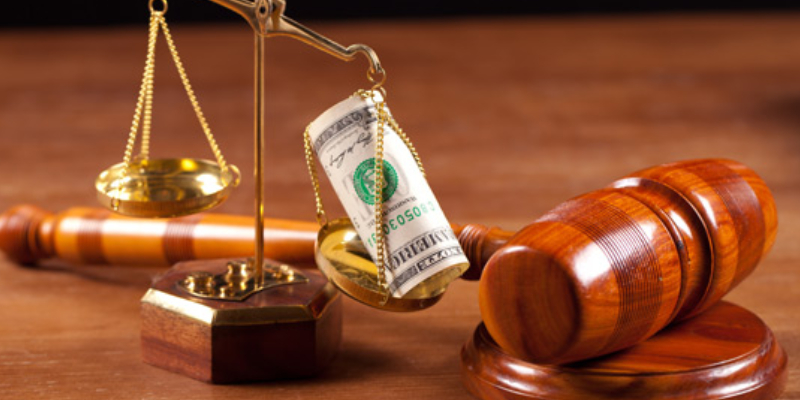 To endure the often lengthy process of civil litigation, and to make effective decisions at each stage of a lawsuit, you need to understand the chronology of a case, its importance in resolving the case, and the unique terminology involved. Those who understand this otherwise perplexing process are best-suited to work with their attorneys to achieve the best possible results effectively, efficiently and with an eye toward reducing the cost of litigation.
To endure the often lengthy process of civil litigation, and to make effective decisions at each stage of a lawsuit, you need to understand the chronology of a case, its importance in resolving the case, and the unique terminology involved. Those who understand this otherwise perplexing process are best-suited to work with their attorneys to achieve the best possible results effectively, efficiently and with an eye toward reducing the cost of litigation.
1. Where to Sue? You don’t need three years of law school to realize that there are many different courts throughout the United States with many different functions. But to understand litigation, it’s important to learn the each court’s role within the system.
2. Filing Suit Cases take many shapes and sizes. To understand lawsuits, one must often sort through a number of parties and claims to figure out “who’s who” and get to the heart of the matter.
3. Serving the Lawsuit To protect constitutional rights, plaintiffs must satisfy due process by serving process on the defendant.
4. Defending Against Lawsuits After being served with lawsuits, defendants only have a short time to respond, with a preliminary motion or an answer establishing defenses to the action.
5. Discovery and Investigation As its name suggests, discovery is the investigative phase of the litigation process. Unlike the surprises typical of cases tried by Perry Mason, the discovery rules are designed to uncover the facts well in advance of trial.
6. Pretrial Motions Just because a lawsuit has been filed, that does not mean that the case will ultimately go to trial. Much can happen en route to the courthouse to derail a case or produce victory long before the trial itself.
7. The Trial Though many cases settle or are decided before trial, the trial provides most of the high-stakes drama. To sort through it, and place the evidence in its proper context, one must understand the mechanics of the trial process.
8. Post-Trial Motions Even after the jury has spoken, litigants may file certain “post-trial motions” designed to grab victory out of the jaws of defeat, to persuade the judge to order a new trial, or to modify the result in some less drastic way.
9. Enforcing and Collecting Judgments Beyond enforcement, judgments also have rippling effects on other litigation, precluding similar claims and similar issues from being tried in the future.
10. Appeals After losing at trial, those seeking relief from adverse judgments often forgo post-trial motions addressed to the same courts that handed them their losses. They go above the trial judge’s head to the appellate court.